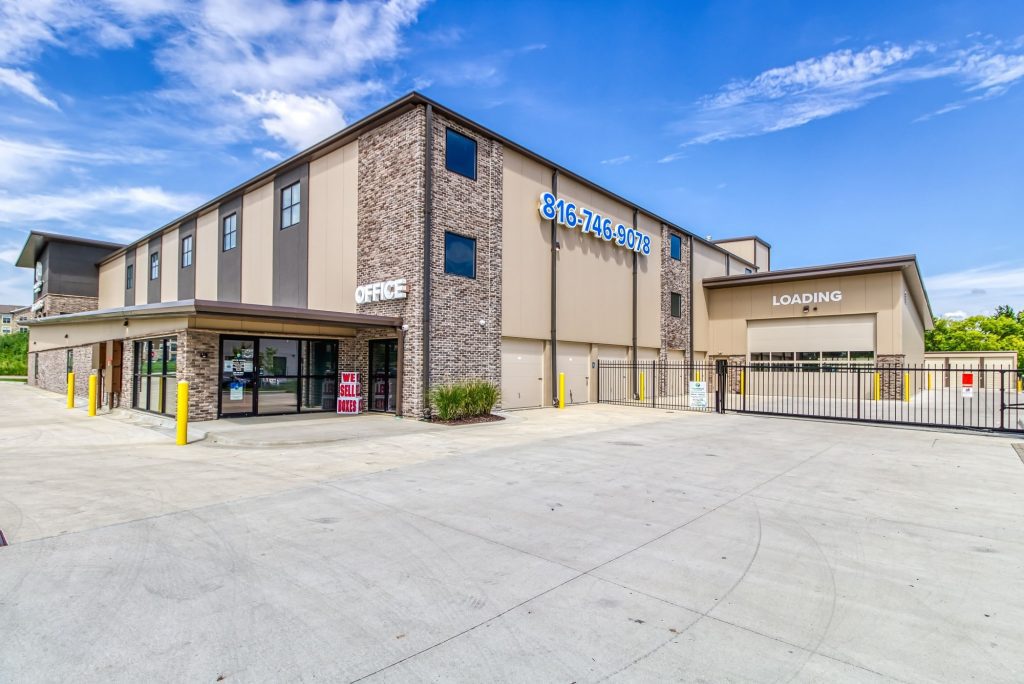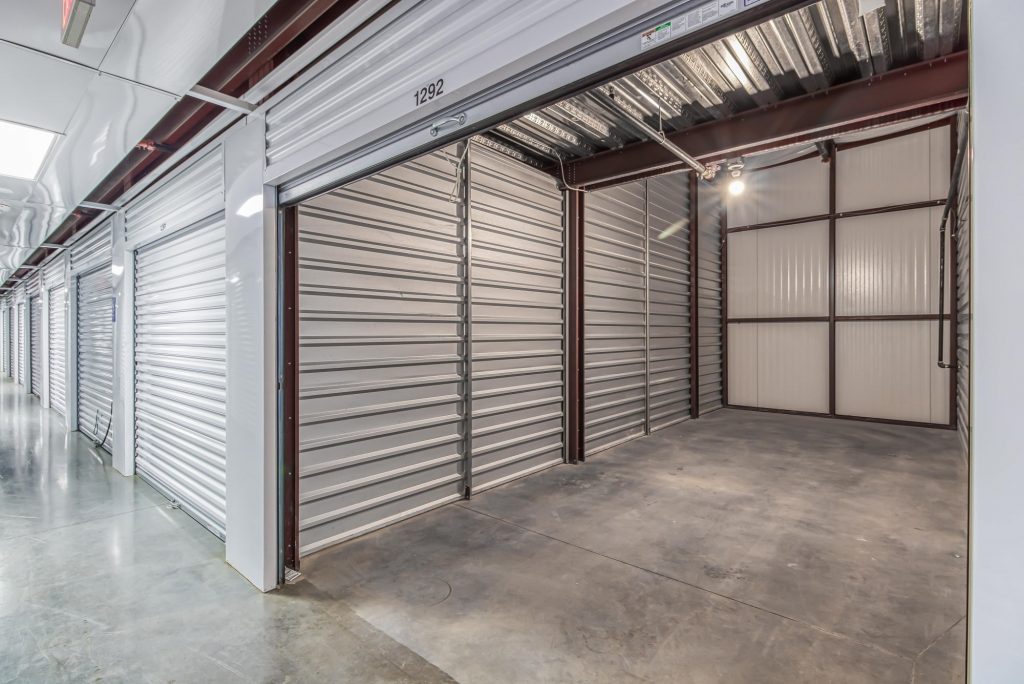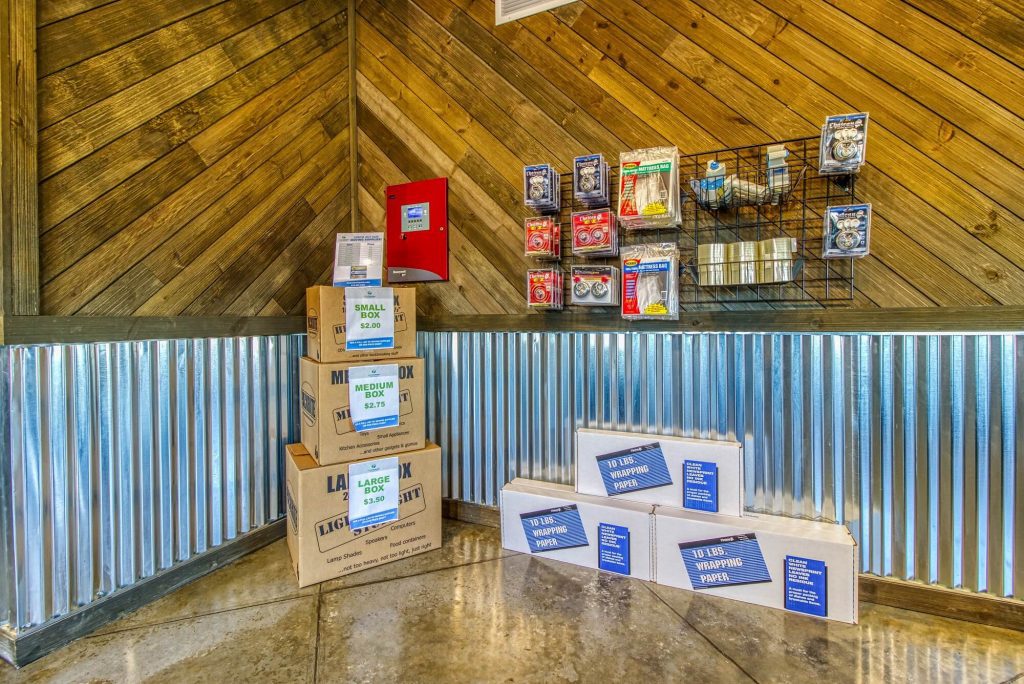The Ultimate Checklist for Moving Into a Storage Unit
Moving can be a whirlwind of tasks, especially when it comes to transferring your precious items into a storage unit. Whether you’re decluttering, transitioning between homes, or just need extra space, choosing the right storage facility and making the move smoothly is crucial. StorTropolis, with our expansive presence in places like Blue Springs, Lenexa, Shawnee, and Kansas City, understands the intricacies involved in such moves. That’s why we’ve curated the ultimate checklist for those about to embark on their storage journey. In this guide, you’ll discover key strategies, from inventory management to packing techniques, to ensure your move to a storage unit is seamless and stress-free. Let’s dive in!
Understanding Your Storage Needs
Before diving into the actual move, it’s essential to take a step back and assess your storage needs. A clear understanding will not only save you time but also ensure you’re not overspending on space you don’t need or underspending and finding yourself cramped for space. Here’s how you can do that:
Inventory Check: List down all the items you plan to store. This includes furniture, electronics, books, and any miscellaneous items. Categorizing them helps in understanding how much space each category might occupy.
Duration of Storage: Are you looking at short-term storage during a home renovation or a longer tenure because you’re moving cities? The duration can influence the type of storage you choose, especially when considering aspects like climate control.
Access Frequency: If you’re storing items that you’ll need regular access to, you might prefer a unit that’s on the ground floor or closer to the entrance. Conversely, items that you won’t touch often can be stored in units that might take a bit longer to access.
Special Requirements: Do you have items that are sensitive to temperature or humidity, like wooden furniture, electronics, or important documents? In such cases, a climate-controlled unit would be ideal.
Safety & Security: Make sure to consider the safety of the items. If you’re storing valuable items, look for facilities like StorTropolis that offer advanced security features, ensuring your peace of mind.
Budget: Last but not least, have a clear budget in mind. While you don’t want to skimp on essential features, having a budget can help you find the best value for your money.
By understanding these nuances, you can make an informed decision about the type of storage unit you need. Remember, the goal is to find a space that’s just right – not too big, not too small, but perfect for your belongings.
Inventory Management Before the Move
Managing your inventory effectively is a game-changer when preparing for storage. It not only ensures the safety and organization of your belongings but can also ease the process of locating and retrieving items in the future. Let’s walk through the essentials of inventory management before making your move:
Detailed Lists: Start by creating a detailed list of all the items you plan to store. Group similar items together and consider numbering boxes and keeping a corresponding list to know precisely what’s inside each one.
Photograph Your Belongings: Taking photos of items, especially valuables, is a smart move. It provides a visual record, which can be beneficial for insurance purposes or just to remember how certain items look when you need to retrieve them.
Labeling is Key: Use colored labels or markers to distinguish between boxes containing different categories of items. For instance, use blue for kitchen items, red for bedroom belongings, and so forth. Be specific in your labeling – “winter clothes” instead of just “clothes”.
Prioritize Access: For items you might need frequently, label them as ‘priority access’ or use a different color label. This way, you can store them closer to the entrance of the storage unit for easier accessibility.
Use Inventory Apps: Consider using inventory management apps or software. They allow you to create a digital catalog of your stored items, making it easier to locate things when necessary.
Update Regularly: If you add or remove items from your storage unit, make sure to update your inventory list accordingly. It might seem tedious, but it’s invaluable when you need to find something or check on your belongings.
Keep Copies: Always keep a copy of your inventory list outside the storage unit, perhaps in a digital format or a physical copy at home. This way, you can review what you have in storage without having to visit the unit.
Incorporating these inventory management practices before you move will not only bring peace of mind but will streamline the entire storage process. Being organized upfront saves time, reduces stress, and ensures that your belongings are stored efficiently and accessibly.
Packing Tips for Safe and Efficient Storage
Proper packing can transform your storage experience from a chaotic mess to a neatly organized haven. Not only does it maximize space, but it also ensures the safety and longevity of your items. Here are essential packing tips to help you store like a pro at StorTropolis:
Use Uniform Boxes: Stick to two or three sizes of boxes for easier stacking. Uniformity can help in creating a stable base and maximizing the vertical space.
Heavy Items First: When packing boxes, ensure heavy items are at the bottom and lighter ones on top. This prevents damage and ensures the box can carry the weight without collapsing.
Avoid Plastic Bags: While they might seem convenient, plastic bags can trap moisture, leading to mold and mildew. Instead, use breathable fabric covers or blankets for added protection.
Label Everything: Clearly label each box with its contents and the room it’s from. Consider using colored stickers or labels for different categories or rooms. This makes retrieval easier and more systematic.
Dismantle Furniture: Where possible, dismantle large furniture items. This not only saves space but also prevents potential damage during the move. Remember to store screws and other hardware in labeled ziplock bags taped to the respective items.
Use Protective Covers: For items like mattresses, sofas, and upholstered chairs, invest in protective covers. These shields prevent dust accumulation and potential damage.
Avoid Overpacking: While it might be tempting to stuff as much as possible into a box, overpacking can lead to broken items. Ensure there’s some room in each box to act as a buffer.
Fill Empty Spaces: Use packing peanuts, bubble wrap, or even crumpled newspapers to fill the voids in boxes. This helps in keeping items from shifting and potentially breaking.
Utilize Internal Storage: Empty dressers, ovens, and fridges can serve as additional storage. Fill them with linens, clothes, or books, but ensure the doors are left slightly ajar to prevent mold growth.
Pack a ‘First Day’ Box: This box should contain essentials that you might need immediately upon moving out of the storage unit. Think of it as a survival kit – it could have tools, cleaning supplies, or select kitchen items.
Avoid Storing Perishables: Never store food items, even if they’re canned or sealed. They can attract pests, leading to potential infestations.
Seal Boxes Tightly: Ensure all boxes are sealed tightly using packing tape. This prevents dust and pests from entering and safeguards your belongings.
By adhering to these packing guidelines, you’ll ensure that your items remain safe, organized, and easily accessible. The initial effort you put into packing pays off in the long run, ensuring a stress-free storage experience with StorTropolis.
Safety and Security Measures
Entrusting your valuable belongings to a storage facility is a significant decision. Ensuring those items remain secure and undamaged is paramount. StorTropolis understands this and prioritizes the safety and security of your possessions. As you prepare to move into a storage unit, consider the following safety and security measures:
Surveillance Cameras: Always opt for facilities that have 24/7 video surveillance. StorTropolis boasts high-resolution cameras that monitor the premises continuously, providing an added layer of protection.
Gated Access: StorTropolis facilities are gated, ensuring that only authorized individuals can enter. Each renter has a unique access code, maintaining a record of entries and exits.
Well-lit Premises: Good lighting is not only essential for safety during nighttime visits but also acts as a deterrent for any potential unsavory activity. StorTropolis ensures well-lit corridors and exteriors for optimal visibility.
Alarm Systems: Individual unit alarms provide an extra layer of protection, alerting facility managers if there’s unauthorized access.
Fire and Smoke Detectors: In the unfortunate event of a fire, early detection can save countless valuable items. StorTropolis units are equipped with modern fire and smoke detection systems, ensuring prompt action.
Climate Control: While not directly related to security, climate-controlled units protect your items from potential damage due to extreme temperature variations. This feature is crucial for sensitive items like electronics, artwork, or antiques.
Insurance: As mentioned earlier, having insurance for your stored items offers added peace of mind. Even with the best precautions, unforeseen events can occur. Insurance ensures you’re covered in such cases.
Regular Facility Checks: StorTropolis staff conduct routine checks to ensure everything is in order, from the functioning of security cameras to the integrity of storage unit doors.
Personal Padlocks: While StorTropolis offers robust security, adding your own high-quality padlock provides an additional defense layer. Choose a lock that’s both durable and resistant to tampering.
Stay Informed: StorTropolis regularly communicates with its customers about any facility updates or security improvements. Stay connected to be aware of any changes or upgrades that can further enhance the safety of your items.
Emergency Protocols: Familiarize yourself with the facility’s emergency protocols. Knowing what to do and who to contact in an emergency can be invaluable.
At the end of the day, the safety and security of your belongings are a shared responsibility. While StorTropolis provides top-tier security measures, being vigilant and proactive can further enhance the protection of your treasured possessions.
A Smooth Transition to StorTropolis Storage
Moving belongings into a storage unit might initially seem daunting. But with the right preparation and guidance, it can be a smooth and hassle-free experience. The steps and tips we’ve discussed are designed to assist you every step of the way, ensuring that your items remain safe, accessible, and well-organized.
StorTropolis takes pride in providing top-tier storage solutions across our various facilities. Whether you’re looking for a short-term space during a move or a long-term storage solution, we’re here to accommodate your needs.
Ready to make the move? Visit one of our StorTropolis locations in Blue Springs, MO, Lenexa, KS, Shawnee, KS, or Kansas City, MO, and let our team assist you with the perfect storage unit. You can also read through our Self Storage FAQ or Self Storage Tips page to help better understand what to expect during the rental process. Secure your peace of mind today!
StorTropolis – Blue Springs | StorTropolis – Brighton | StorTropolis – Tiffany Springs
StorTropolis – Lenexa | StorTropolis – Shawnee

Tim Glasow
About the Author: Tim is the SEO Manager at Storage Asset Management in York, PA. He is a self-storage industry specialist who has written about everything from storage advice and helpful resources to industry trends. In his free time, Tim enjoys sampling craft beer and exploring the local music scene.




